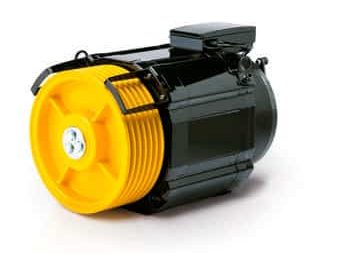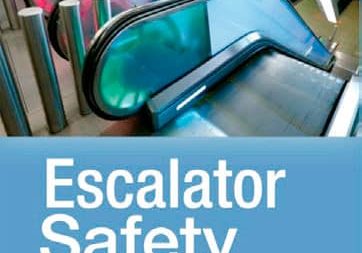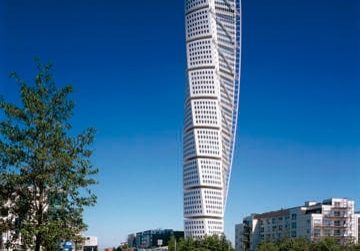It seems that everywhere in the world, there is turmoil, and people are on the move, seeking asylum from the dangers of war or trying to improve their station in life through immigration. (This is the very difference between a refugee and an immigrant.) The U.S. and Canada rank as countries with the least population density and, therefore, could afford to take in immigrants and refugees. Europe – not so much. This morning, I was looking at a map of Europe, tracing the route many of the oppressed refugees from Syria take through Turkey, Greece and Hungary into Austria and Germany, where they seek a better life and relief from war.
This month in ELEVATOR WORLD, all roads lead to Germany and to Interlift 2015, where some 530 companies from more than 40 countries are participating in this largest of expos for our industry. Because of the imminent introduction of the new Lift Directive 2014/33/EU and the corresponding standards EN 81-20 and -50, it is anticipated that there will be a wide variety of component innovations at the event. We present the largest October magazine we have had in more than five years, with a 12-page supplement devoted to the Interlift halls and booth structures, as well as trends in the German industry.
The focus this month is on Drives and Motors. Ziehl-Abegg leads off with new machines showcasing space savings in Elevator Motors, Disc Rotor Motor and Electronic Brake Control. Another manufacturer focuses on saving energy, including a drive for a solar elevator in Greece, in Invertek Identifies, Fills Niche. A fascinating study of a 2007 fatal accident, Simulation Solves Elevator Accident Mystery, is next. Following the incident, the elevator maintenance company was charged with not maintaining a solenoid that failed. Drs. Nagi Elabbasi, Stuart Brown and Mathew Hancock used simulation to solve the mystery. No spoiler alert; you’ll have to read it. In another article, our historian and correspondent Dr. Lee Gray charts the beginnings of traction elevators to Bassett in the late 1800s and to an Otis engineer who later built on it in Rope-Drive Elevators.
Our features take readers from Hamad International Airport in Doha to Azerbaijan’s Flame Tower and on to a pictorial On Camera, Around the World. Then, a rare merger of two giants, Sematic and Wittur, bring us to “A Milestone Moment.” The new company, under the Wittur name, brings together powerhouse R&D from both, headquartered in Germany with 4,000 employees worldwide. EW Associate Editor Kaija Wilkinson finishes out the features with Indonesia Rising. In conversations with majors in the area, she determines that, despite a slowdown in China, the Indonesian elevator market is expected to grow to US$282.4 million in 2016, attaining a 41% growth over five years.
This issue is packed full with events, profiles and news, but a few more articles stand out and bear mentioning: A Composite Future? by Alister Bennett explores the uses of composites in equipment for lighter, stiffer and stronger materials; Global Urbanization by Michael Ridder notes that 50% of the world population lives in cities, leading to megacities of 10 million. He predicts the proportion of city dwellers will rise to 70% by 2050, leading to high demand for elevators. Luc Rivet’s article Modernization: Essential for the European Elevator Stock is right on point. He says the average age of elevators in Europe is 20 years, with most needing modernization in accordance with the Safety Norm for Existing Lifts, or EN 81-80, which will be mandatory in 2016. It is a critical issue with no easy answers.
I would be remiss if I didn’t mention how many of us in the industry mourn the passing of Brian Black (In Memoriam, p. 42). He was the secretary of the National Elevator Industry, Inc.’s (NEII®) Field Safety Committee, a capacity in which I was privileged to work with him for more than 10 years. He was a gentleman and a friend.
Returning to the crisis Europe faces with starving refugees from the Middle East and Africa, I read that Hungarian citizens were taking food and supplies to these people, while governments all over Europe try to handle the crisis. It made me think of my grandmother, a refugee from Hungary after World War I. She immigrated to the U.S., alone, at 16 years old. Thank goodness she found welcome shores here. Seth Lipsky, editor of the New York Sun, wrote recently in TIME that in a system of democratic capitalism, people have an incentive to produce more than they consume. This system discovers that more people lead to a richer society for all.
Get more of Elevator World. Sign up for our free e-newsletter.









